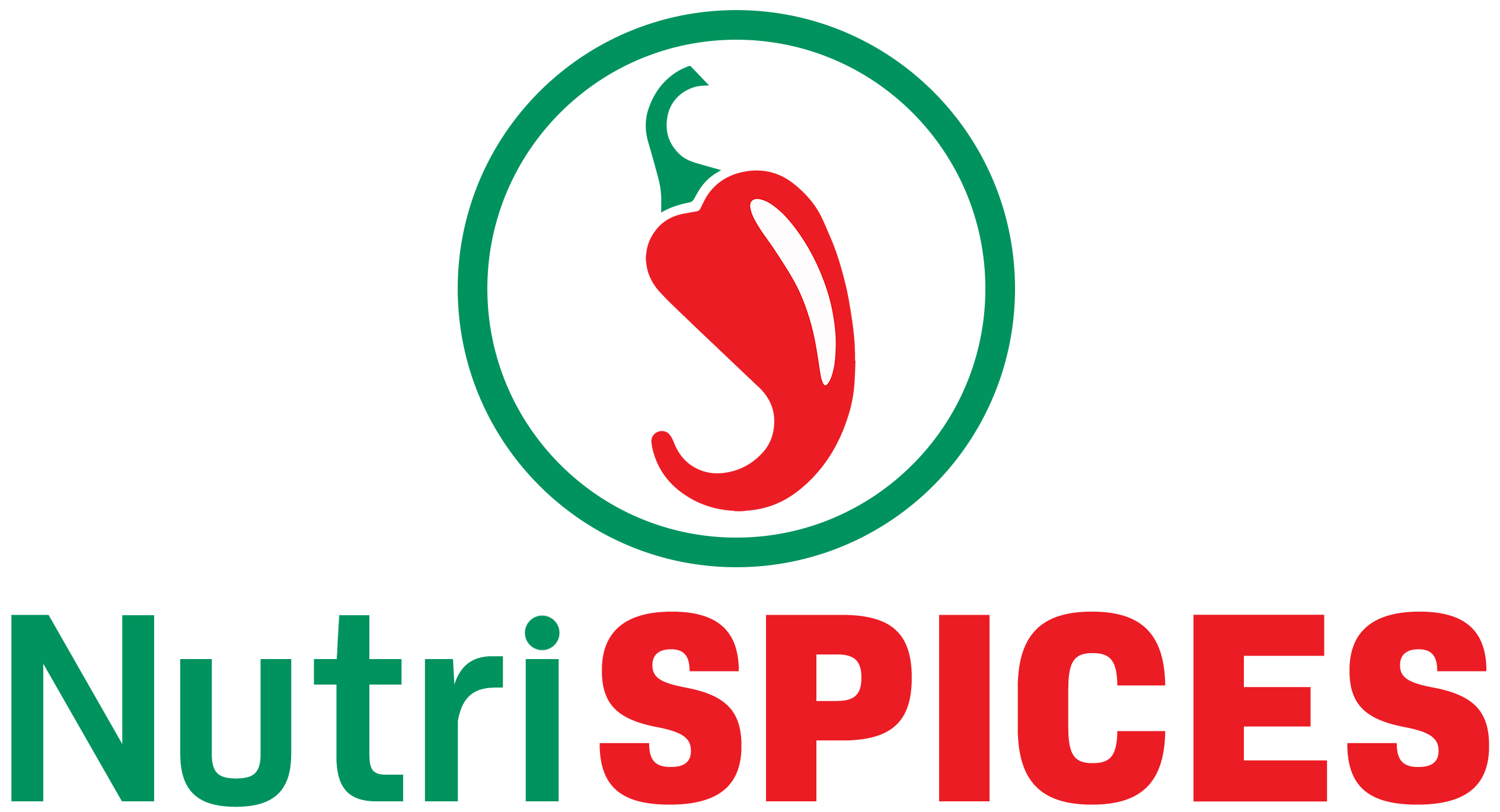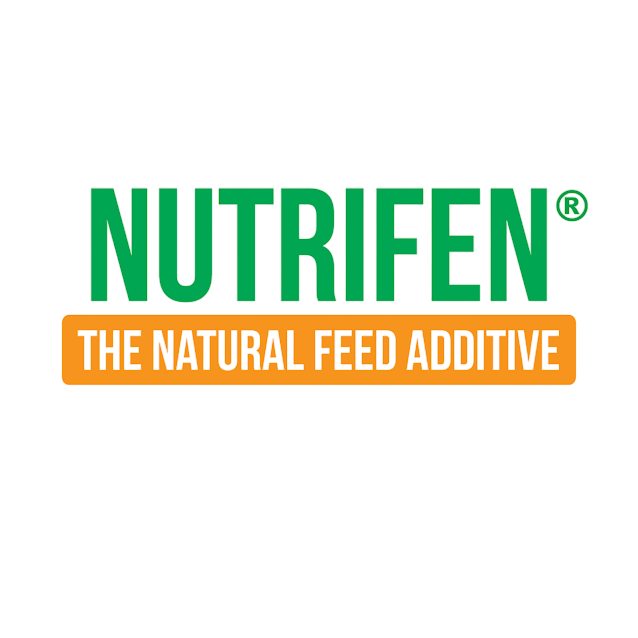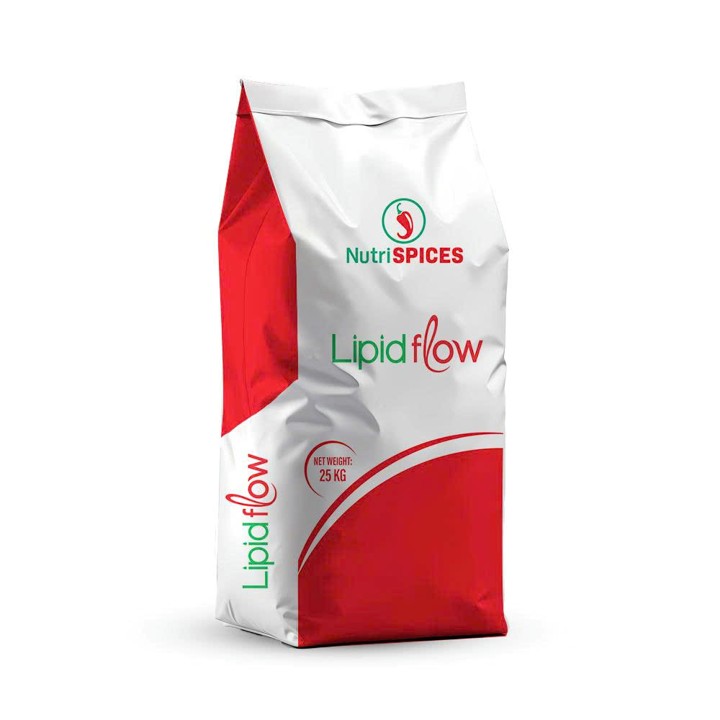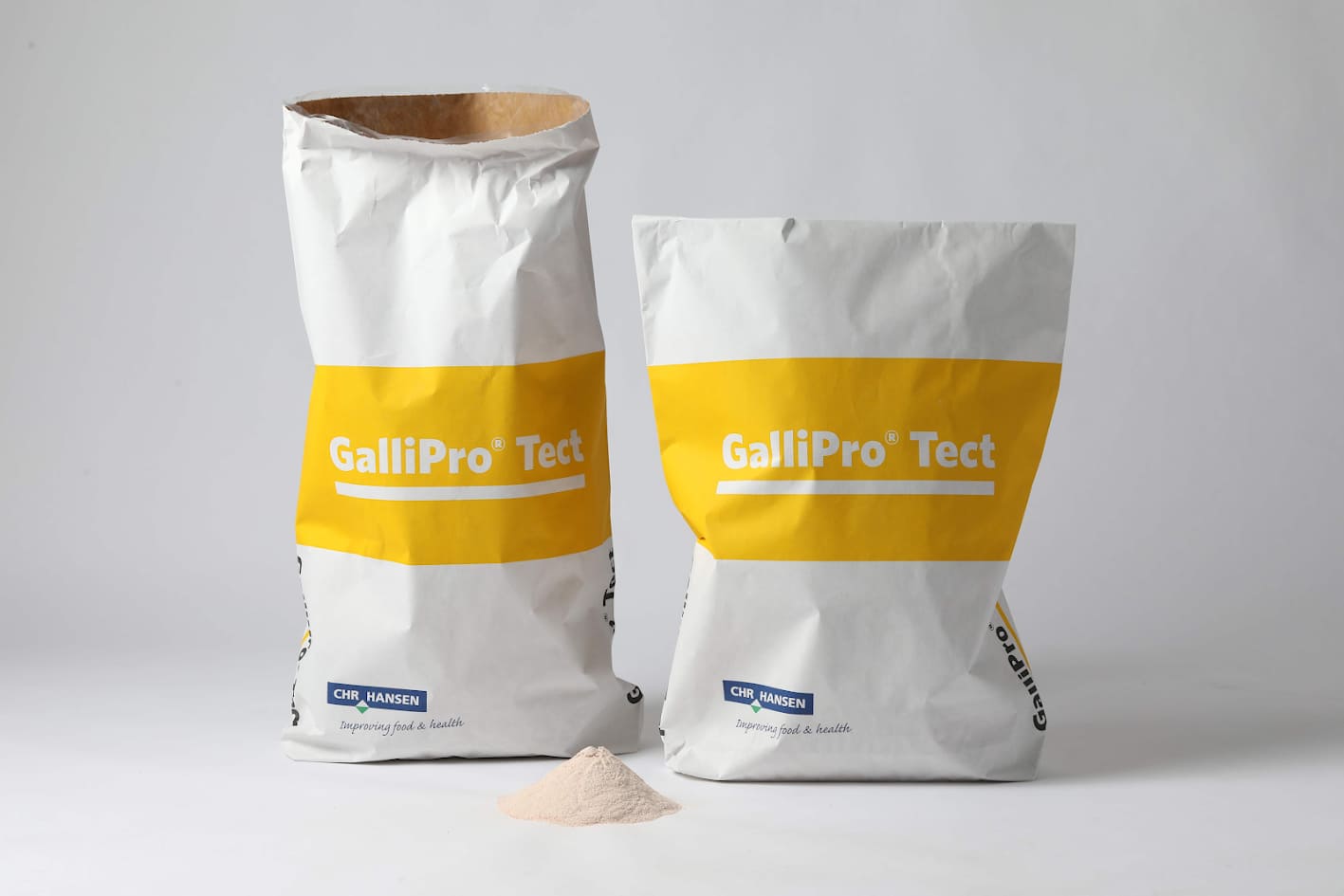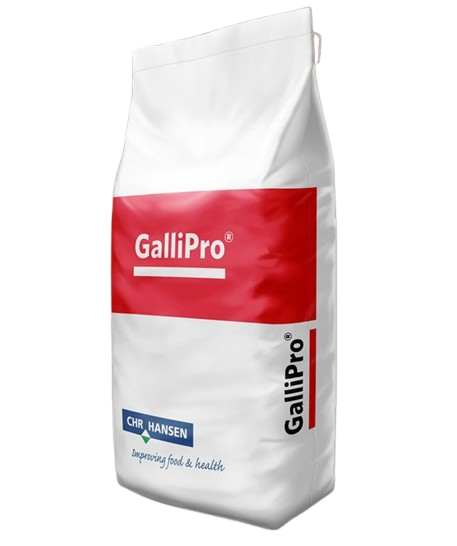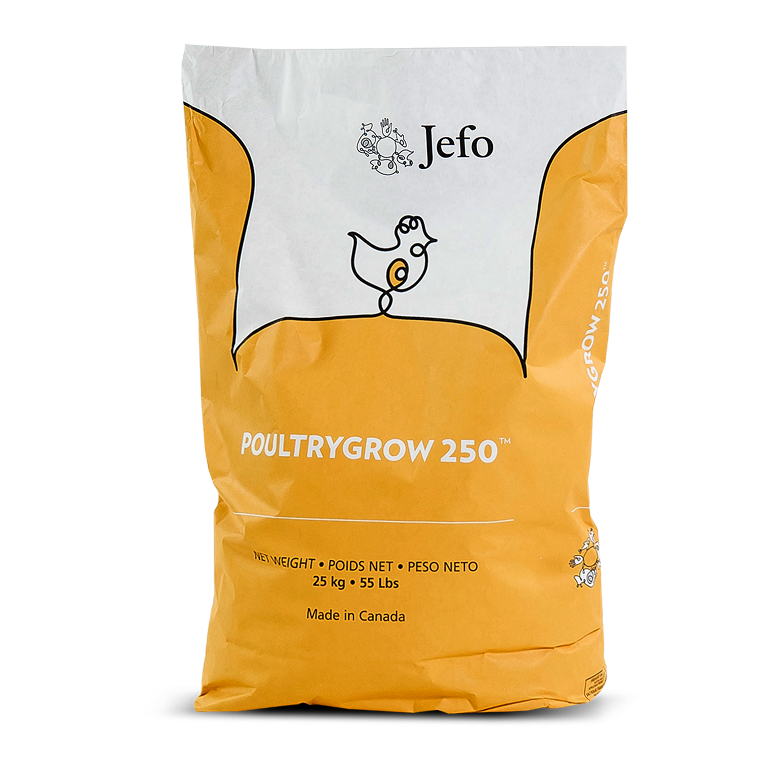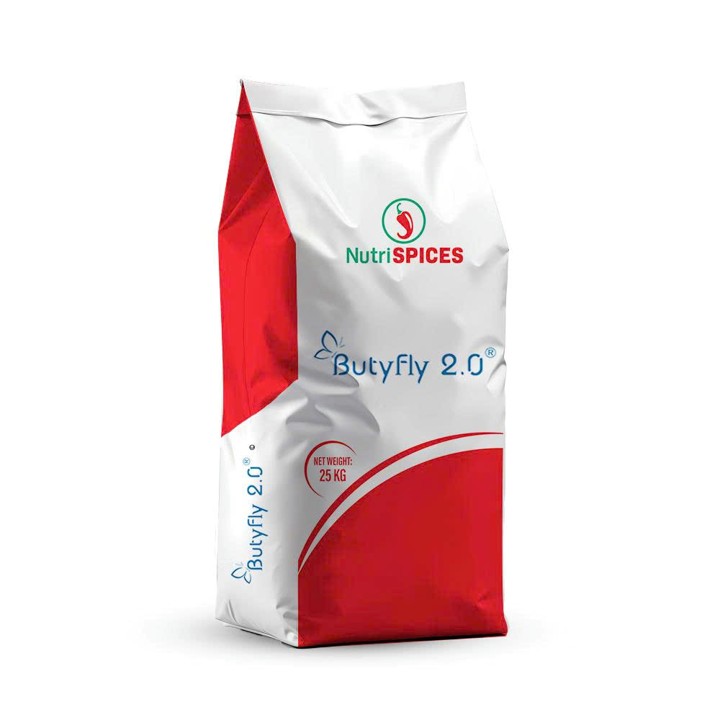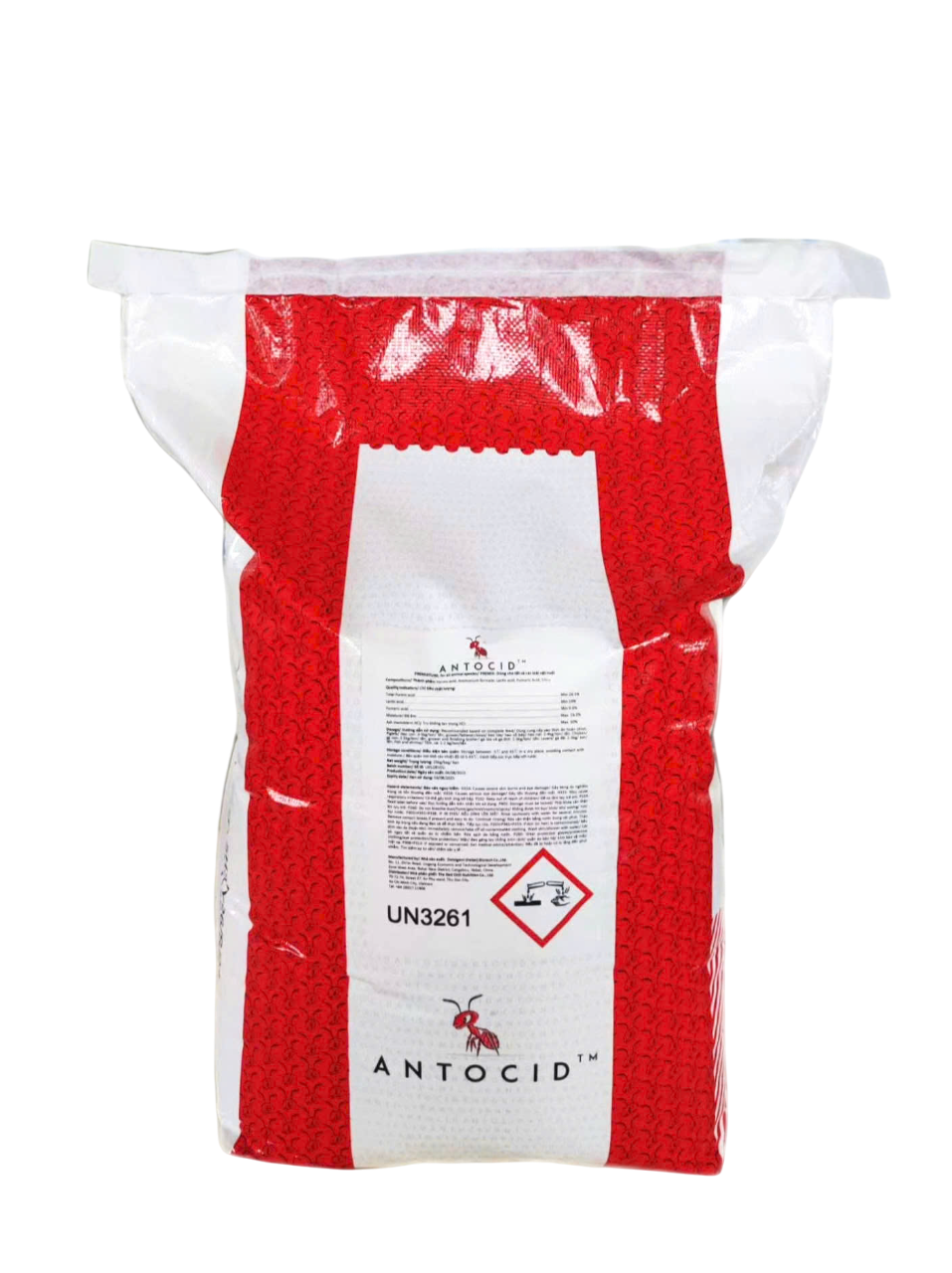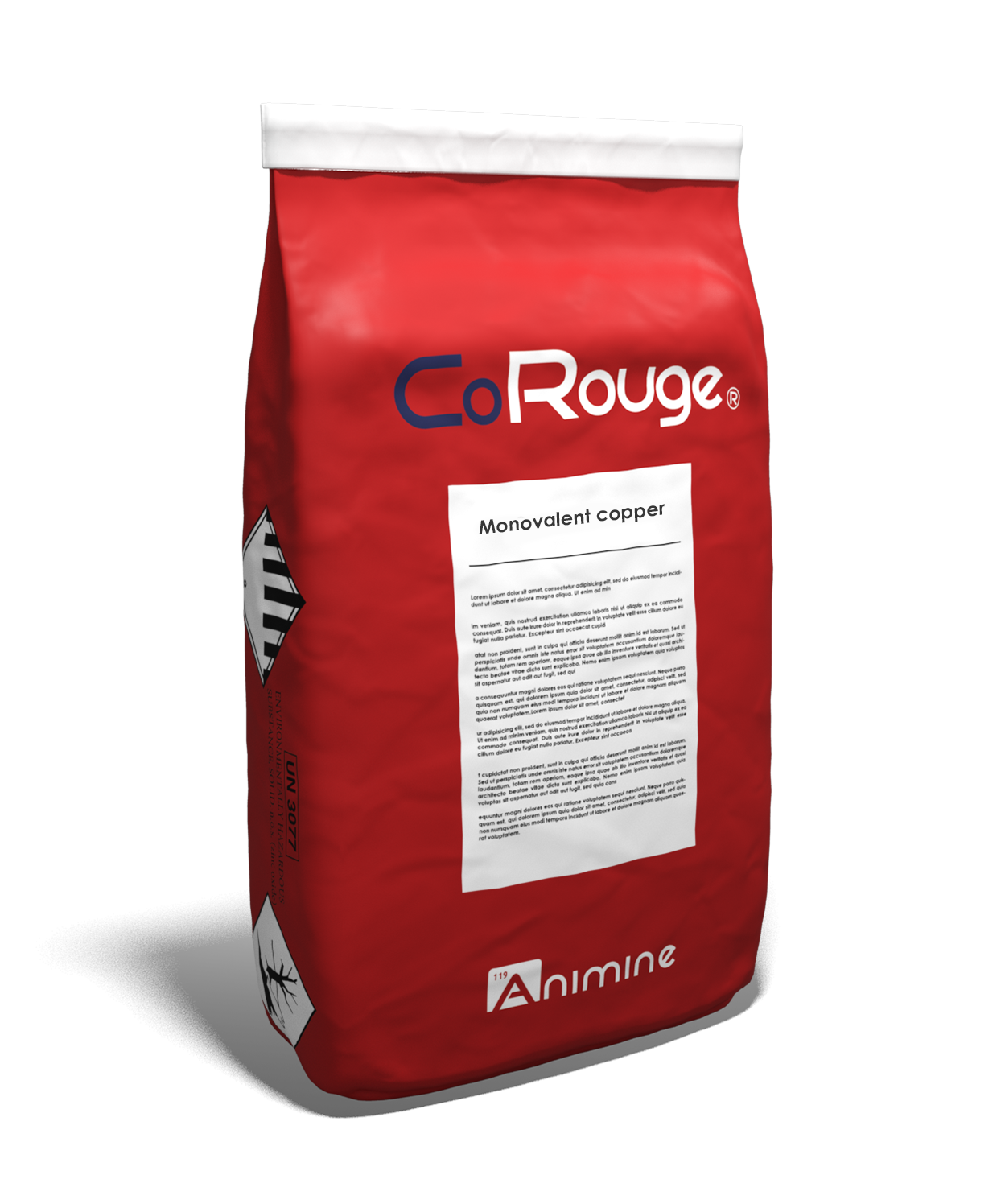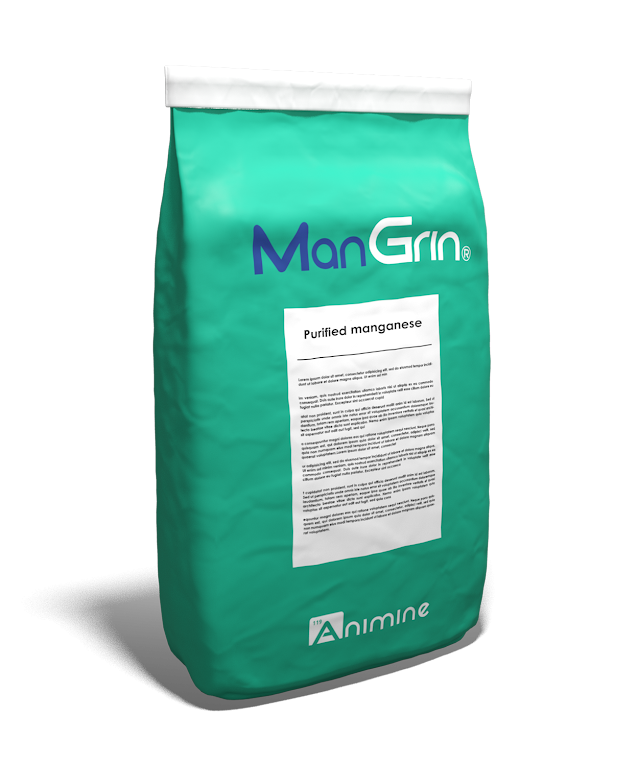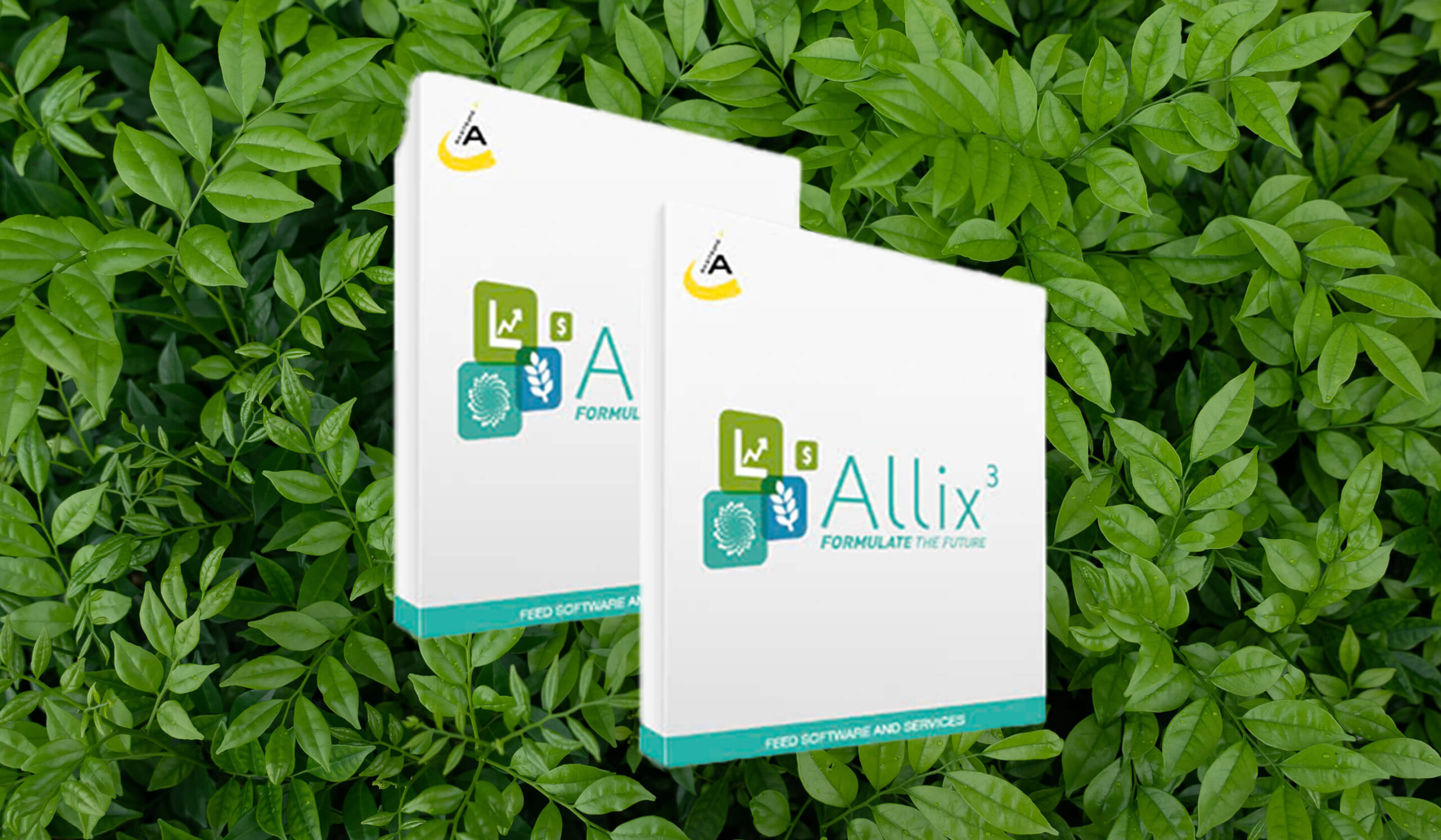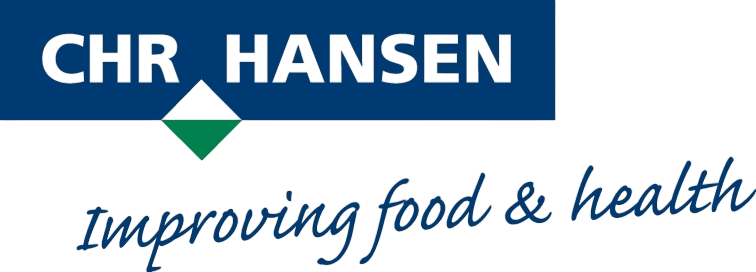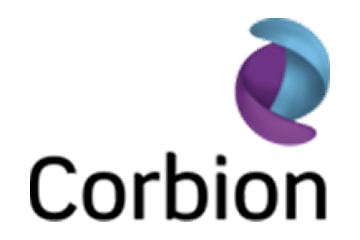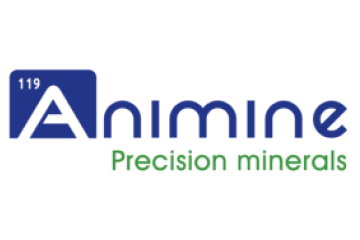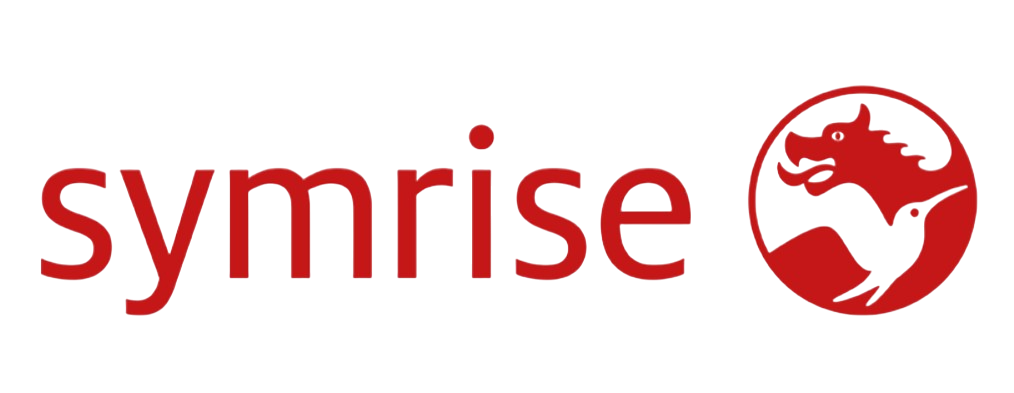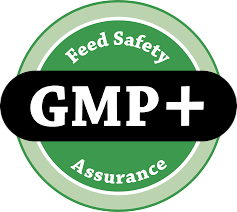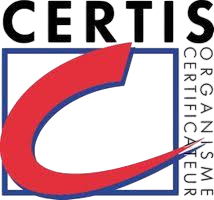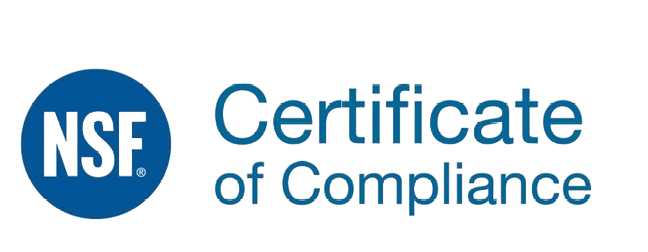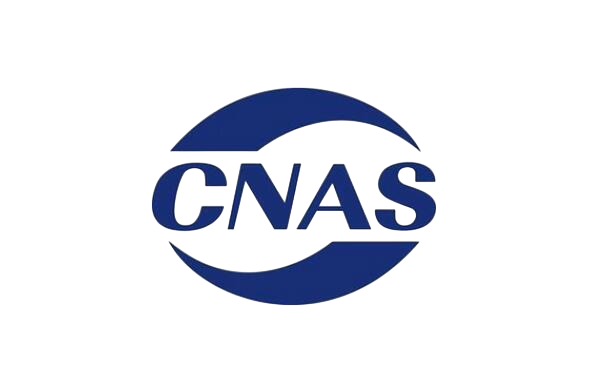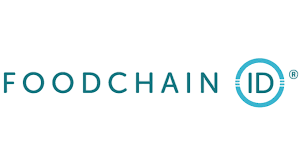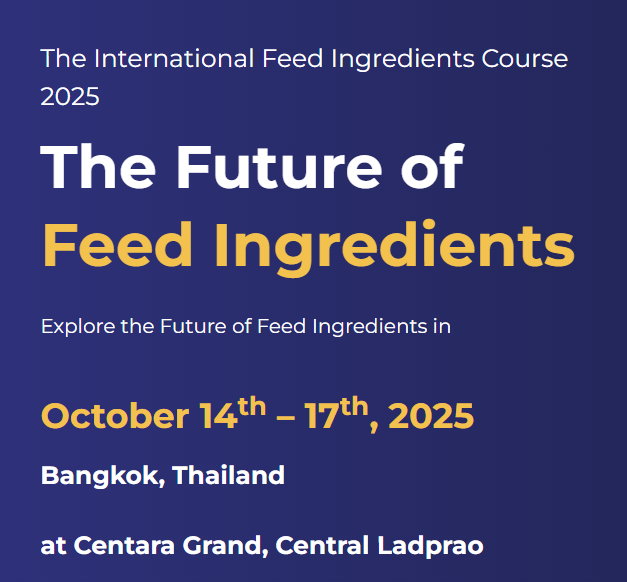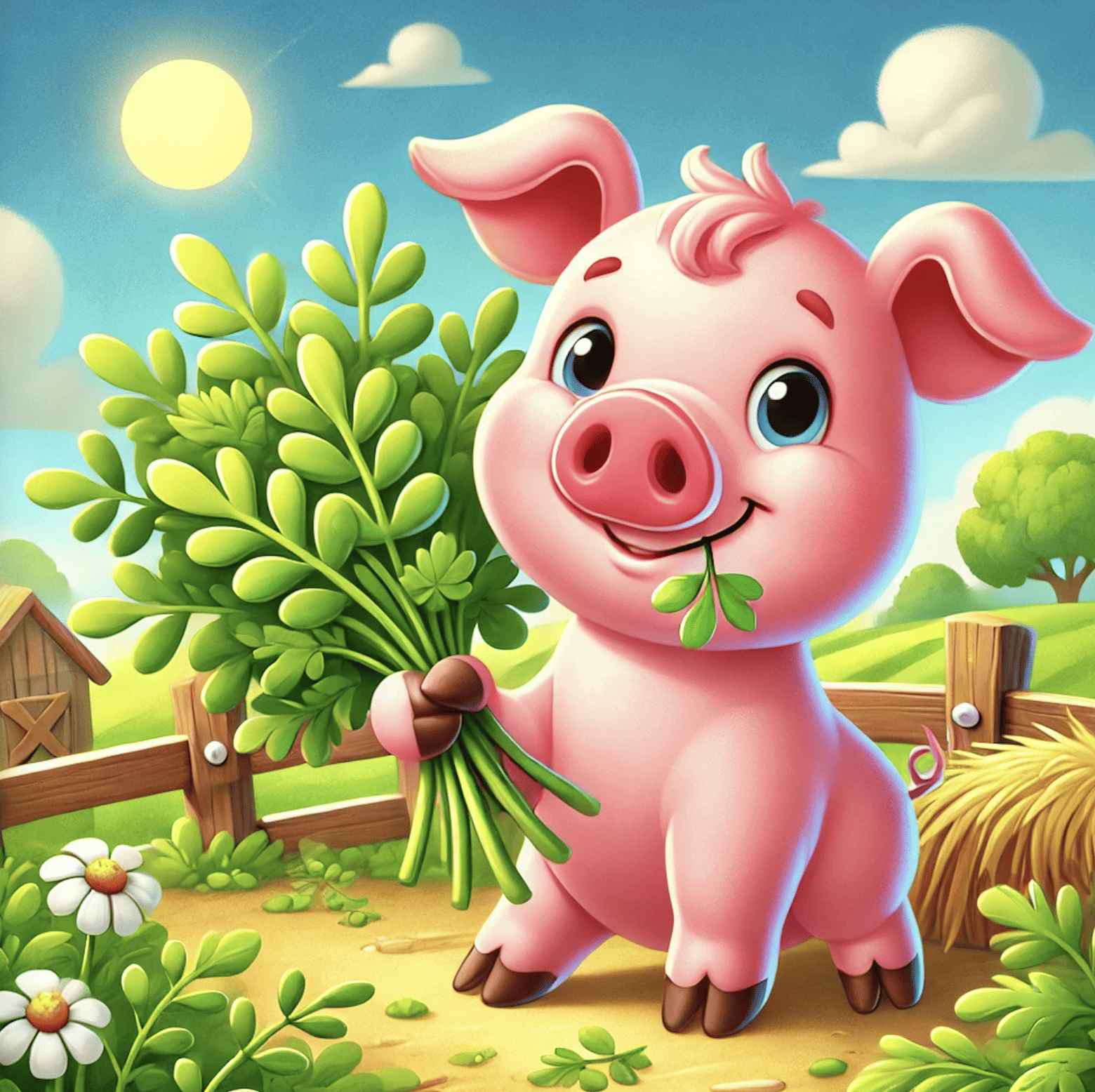About NutriSPICES
“Nutrispices job is to help our customers to differentiate their feed from their competitors by incorporating our innovative solutions into their feed or food”
David Serene
NutriSPICES Owner
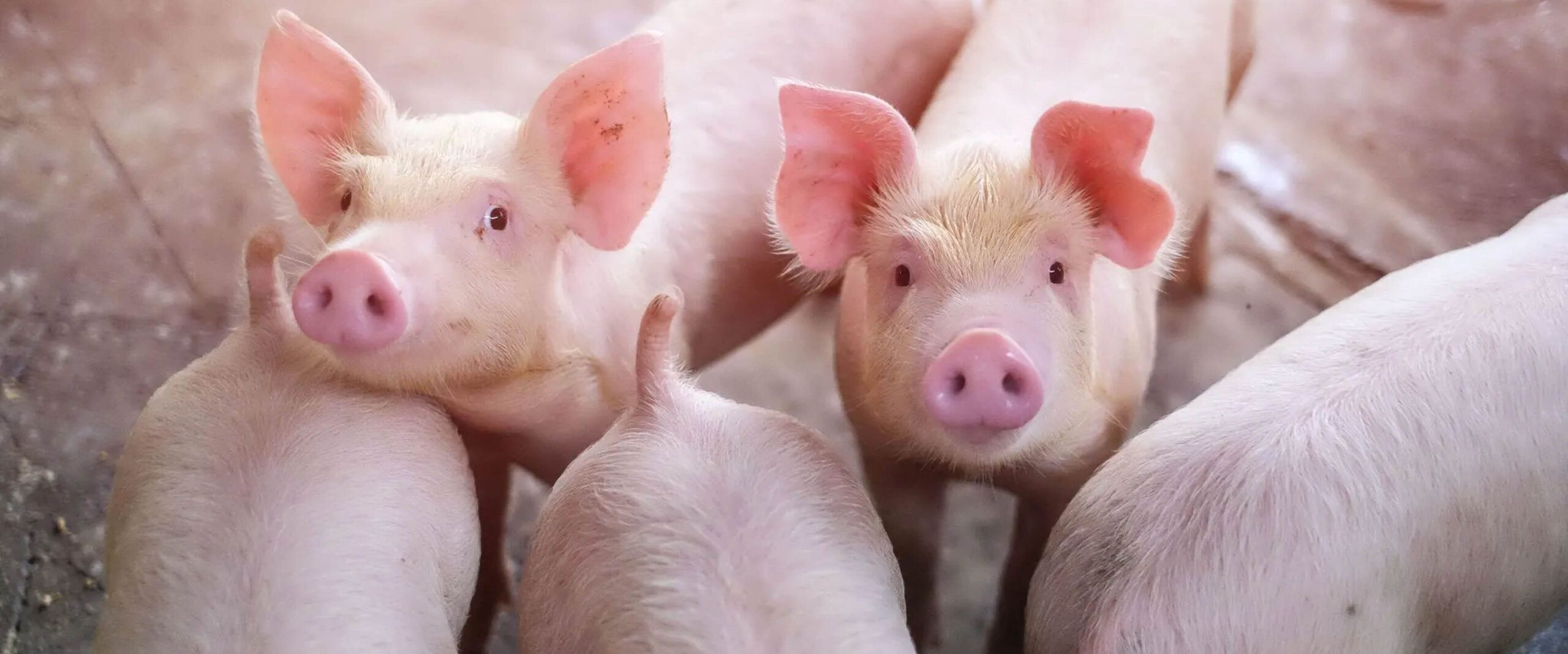
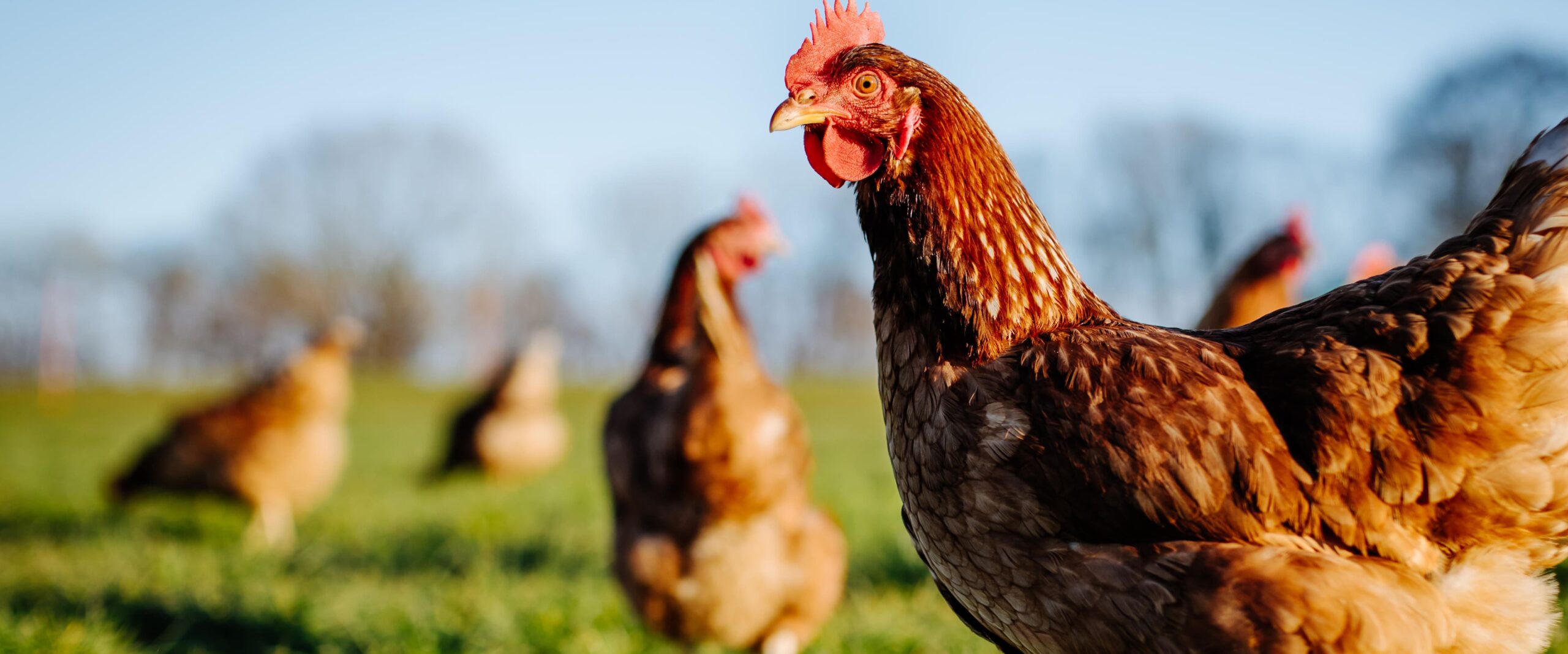


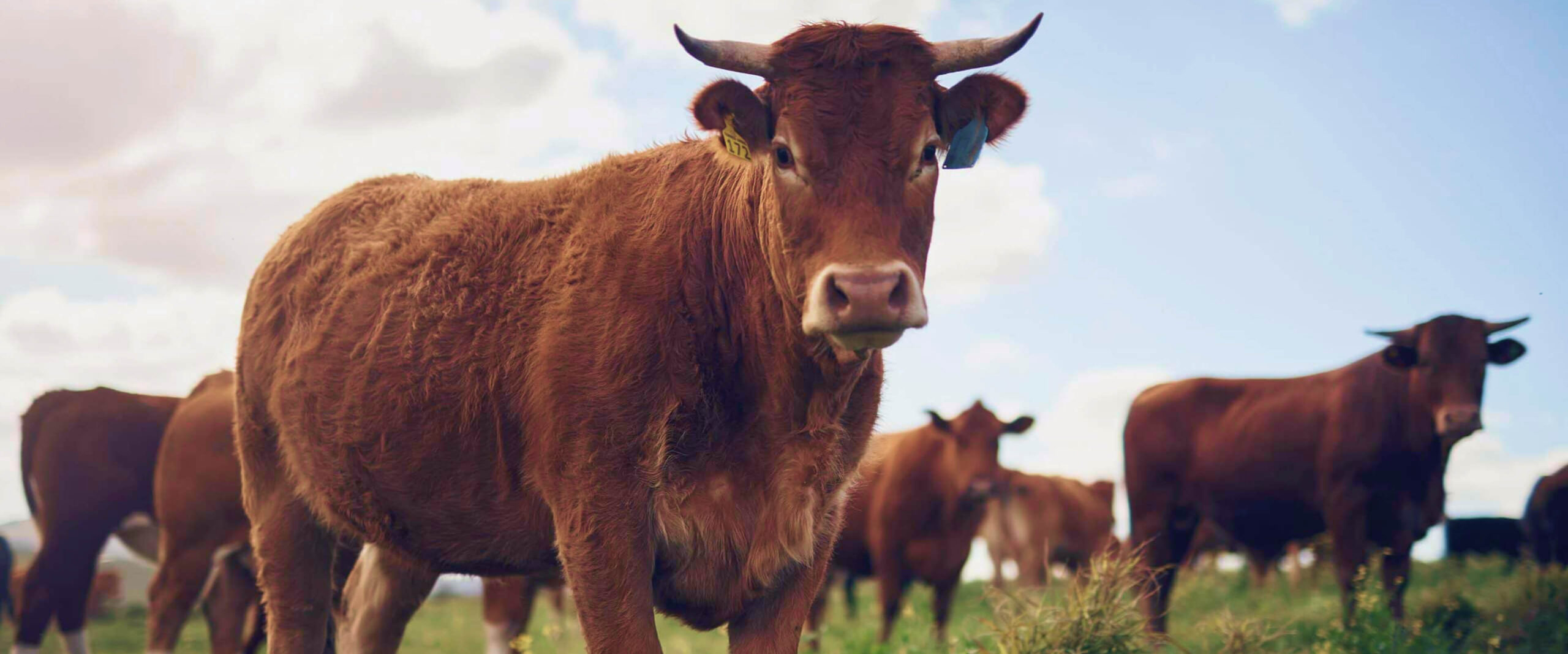
Products
Software
Allix - The World's Most Advanced Feed Formulation Application
ALLIX is a feed formulation software with user-friendly interface, comprehensive features, and effective production monitoring system. ALLIX helps manufacturers optimize ingredient costs, enhance product quality, and streamline their production processes through intelligent nutrient calculations and real-time performance analytics.
Partners
Certifications
News
The International Feed Ingredients Course (iFIC) 2025 is a global platform dedicated to advancing knowledge in animal nutrition and feed ingredient utilization. iFIC is more than a course – it’s a community of forward-thinking professionals who are shaping the future of the livestock and feed industries. With content grounded in the latest research, real-world data, and hands-on experience, iFIC equips participants with the tools they need to make informed decisions in an ever-evolving global feed landscape. Nutrispices and Animine are honored to take part in iFIC 2025. Throughout Days 1 and 2, our esteemed customers have had the opportunity to engage with leading global experts in animal nutrition and gain valuable insights from distinguished speakers from around the world. The iFIC 2025 convenes over 600 distinguished participants, including animal nutritionists, animal feed formulators, and feed mill leaders across the globe.The conference serves not only as a platform for the dissemination of the latest scientific knowledge and emerging industry trends, but also as a valuable occasion for enterprises to network and exchange professional insights. In particular, before the iFIC conference on the afternoon of October 13, 2025, Nutrispices customers have had the opportunity to meet and exchange directly with the iFIC experts at the Speed Dating Session. With the support of world-leading experts such as: In 2025, iFIC returns with updated sessions, a focus on gut health, and renewed energy to connect minds and move the industry forward – together. SESSION 1: Current topics facing the global livestock industry SESSION 2: Procedures for determining the nutritional value of feed ingredients and impact of feed processing. SESSION 3 : Towards increased precision in mineral nutrition. SESSION 4 : New developments in energy determinations of feed ingredients and diets. SESSION 5: Oilseeds and Oilseed meal. Overview over global production; nutritional composition, energy content, anti-nutritional factors,
In animal nutrition, particularly for monogastric species like swine and poultry, feed formulation goes far beyond meeting basic nutritional needs. One critical yet often underestimated factor influencing performance, gut health, and nutrient absorption is feed viscosity. This is especially relevant in Southeast Asia, where the widespread use of fibrous by-products such as rice bran, cassava and copra meal presents new challenges in formulation. As local feed ingredients and strategies evolve, understanding and managing viscosity becomes essential for every nutritionist seeking to improve efficiency and profitability. What is Feed Viscosity? Feed viscosity refers to the thickness or resistance to flow of the digesta in the gastrointestinal tract. When feed is mixed with digestive secretions, certain components, particularly soluble fibers, can form viscous gels. This gel-like environment slows down nutrient absorption, impairs enzyme activity, and creates favorable conditions for harmful microbial growth. But not all fibers behave the same way. Only soluble fibers increase viscosity because they dissolve in water and form molecular networks that bind water and thicken the intestinal contents. Common examples in the Southeast Asian context include pectins in cassava, arabinoxylans in rice bran, and mannans in copra meals. Both pigs and poultry are affected by viscous diets, but poultry are more sensitive due to their shorter gastrointestinal tract and faster transit time. In broilers, increased viscosity is directly linked to reduced nutrient absorption and wet litter problems. In piglets, the impact is milder but still significant, particularly in the post-weaning phase when the digestive system is immature. With growing use of non-traditional fiber sources in Asian piglet diets, attention to viscosity is more important than ever. What Causes Feed Viscosity? Viscosity mainly arises from soluble non-starch polysaccharides (NSPs) complex carbohydrates found in many plant-based feed ingredients. In Southeast Asia, key sources include: Arabinoxylans in rice bran and corn
As the global demand for sustainable and natural agricultural practices intensifies, the use of plants in animal nutrition is emerging as a promising solution to reduce reliance on synthetic additives. Plants serve numerous purposes in animal nutrition. The polyphenols and their role as antioxidants is already well know. Grape seed extract and trans-anethole reduce oxidative stress and enhance antioxidant capacity, supporting overall health. To modulate the immune system, Astragalus roots stimulates immune function and resilience, while Echinacea boosts the immune response against pathogens. Gut health can also be significantly improved through garlic, which balances gut microbiota, and oregano, which provides antimicrobial properties to enhance gut integrity. In aquaculture, plants provide specific benefits, such as spirulina, which enhances pigmentation and immune function, and kelp, which supplies essential minerals and polysaccharides for stress resilience and growth. But in this month Nutricle, I would like to have a specific approach on the plants recommended for promoting feed intake and growth performance. For Piglets, Broilers, and Fish Fenugreek stimulates appetite through bioactive compounds like saponins and alkaloids, enhancing feed palatability and promoting digestive enzyme secretion. Curcuma acts as an anti-inflammatory and antioxidant, promoting better feed utilization and growth. Ginger improves gut health and enhances enzymatic activity, boosting growth rates. For Sows and Layers Fenugreek stimulates appetite and supports lactation by promoting milk yield and improving nutrient availability, making it particularly valuable for enhancing sow productivity. Maca enhances reproductive performance and hormonal balance, improving recovery post-farrowing and supporting egg production in layers. Ginseng strengthens metabolic energy and immunity, contributing to productivity and resilience. For Shrimps Curcuma acts as an antimicrobial and antioxidant, reducing disease incidence and improving feed efficiency. Fenugreek, due to its high saponin content, helps reduce toxic ammonia levels while enhancing appetite and digestive efficiency. Similarly, Yucca, also rich in saponins, improves water
In piglet nutrition, zinc oxide has long been a trusted ally. For decades, nutritionists have relied on it to fight post-weaning diarrhea, boost gut health, and help young pigs thrive through their most fragile weeks. Yet behind this familiar white, black or yellow powder lies a deeper truth: not all zinc oxide is created equal. While many feed formulators focus on the dosage, how many kilograms per ton, how many weeks in the program, the real story, and often the real problem, comes down to something less obvious: the physical and chemical nature of the zinc oxide itself. The analysis of multiple zinc oxide sources used across Asia and beyond has enabled to identify three distinct families of products, illustrated by different color and each behaving differently in the piglet’s digestive tract and each with its own consequences for antibacterial efficacy. Family One: White, Fast, and Short-Lived The first family of zinc oxide products is typically white in color and comes mostly from Asian sources. These products have small particle size, low density, but relatively high surface area. At first, they look like strong performers. The high surface area suggests plenty of material ready to interact with bacteria, giving a sharp antibacterial punch, on paper at least. But once these small, light particles hit the piglet’s stomach acid, they dissolve rapidly, sometimes too rapidly. The zinc ions release so quickly that by the time they meet bacteria, the antibacterial effect has already faded away. To compensate, nutritionists often increase the dosage, usually pushing up to 3 kilograms per ton of feed. But this raises serious concerns: Toxicity risks, especially if used for more than two weeks Reduction of feed intake as zinc taste is rejected by piglets Blocking actions of phytases Environmental burdens due to zinc excretion Regulatory red flags
Seminar in Bangkok, 11th March 2025
The International Feed Ingredients Course (iFIC) 2025 is a global platform dedicated to advancing knowledge in animal nutrition and feed ingredient utilization. iFIC is more than a course – it’s a community of forward-thinking professionals who are shaping the future of the livestock and feed industries. With content grounded in the latest research, real-world data, and hands-on experience, iFIC equips participants with the tools they need to make informed decisions in an ever-evolving global feed landscape. Nutrispices and Animine are honored to take part in iFIC 2025. Throughout Days 1 and 2, our esteemed customers have had the opportunity to engage with leading global experts in animal nutrition and gain valuable insights from distinguished speakers from around the world. The iFIC 2025 convenes over 600 distinguished participants, including animal nutritionists, animal feed formulators, and feed mill leaders across the globe.The conference serves not only as a platform for the dissemination of the latest scientific knowledge and emerging industry trends, but also as a valuable occasion for enterprises to network and exchange professional insights. In particular, before the iFIC conference on the afternoon of October 13, 2025, Nutrispices customers have had the opportunity to meet and exchange directly with the iFIC experts at the Speed Dating Session. With the support of world-leading experts such as: In 2025, iFIC returns with updated sessions, a focus on gut health, and renewed energy to connect minds and move the industry forward – together. SESSION 1: Current topics facing the global livestock industry SESSION 2: Procedures for determining the nutritional value of feed ingredients and impact of feed processing. SESSION 3 : Towards increased precision in mineral nutrition. SESSION 4 : New developments in energy determinations of feed ingredients and diets. SESSION 5: Oilseeds and Oilseed meal. Overview over global production; nutritional composition, energy content, anti-nutritional factors,
In animal nutrition, particularly for monogastric species like swine and poultry, feed formulation goes far beyond meeting basic nutritional needs. One critical yet often underestimated factor influencing performance, gut health, and nutrient absorption is feed viscosity. This is especially relevant in Southeast Asia, where the widespread use of fibrous by-products such as rice bran, cassava and copra meal presents new challenges in formulation. As local feed ingredients and strategies evolve, understanding and managing viscosity becomes essential for every nutritionist seeking to improve efficiency and profitability. What is Feed Viscosity? Feed viscosity refers to the thickness or resistance to flow of the digesta in the gastrointestinal tract. When feed is mixed with digestive secretions, certain components, particularly soluble fibers, can form viscous gels. This gel-like environment slows down nutrient absorption, impairs enzyme activity, and creates favorable conditions for harmful microbial growth. But not all fibers behave the same way. Only soluble fibers increase viscosity because they dissolve in water and form molecular networks that bind water and thicken the intestinal contents. Common examples in the Southeast Asian context include pectins in cassava, arabinoxylans in rice bran, and mannans in copra meals. Both pigs and poultry are affected by viscous diets, but poultry are more sensitive due to their shorter gastrointestinal tract and faster transit time. In broilers, increased viscosity is directly linked to reduced nutrient absorption and wet litter problems. In piglets, the impact is milder but still significant, particularly in the post-weaning phase when the digestive system is immature. With growing use of non-traditional fiber sources in Asian piglet diets, attention to viscosity is more important than ever. What Causes Feed Viscosity? Viscosity mainly arises from soluble non-starch polysaccharides (NSPs) complex carbohydrates found in many plant-based feed ingredients. In Southeast Asia, key sources include: Arabinoxylans in rice bran and corn
For further information, please contact us
Connect with our specialists to discover how NutriSPICES can enhance your animal nutrition programs and improve production efficiency.
